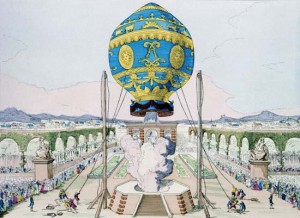As my buddy Pam Rosenthal once said, the Regency makes fetishists of us all and here’s an example of it. H/h in hackney. Alone. After dirty dancing. Oooh.
“You are a gentleman,” she said with a fierceness that surprised her. “You were most kind to me tonight when you hardly knew me. You—”
“Perhaps, Mrs. Raine, I had a baser motivation than you credit me with.” His eyes were narrow, sensuous, and his gaze dropped to where her cloak had fallen away at her bosom.
She would not gratify him with any sort of virtuous rearrangement of the folds of her cloak. Indeed, she was tempted to thrust the velvet further back onto her shoulders, affording him a better view of her breasts, an impulse she suppressed immediately.
Still watching her, he raised a fingertip to his lips and bit into the soft kid of his glove, drawing it from his hand with deliberate slowness. She stifled a smile as he smoothed the glove and laid it over one muscular silk-clad thigh.
“I trust the evening’s exertions have not tired you, Mr. Giordano,” she murmured.
“Thank you, ma’am. I feel extremely refreshed. I do, in fact, have an excess of energy.” Off came the other glove to join its fellow on his thigh.
Two could play at this dangerous game. She unbuttoned her glove and drew it slowly, very slowly, over her arm and wrist, and worked her fingers free, sighing at the touch of the cool night air.
His hand tightened on the kid gloves at his thigh; so he thought to unsettle her but he did not expect her to reciprocate.
He leaned forward.
“May I assist you with the other?” His bare fingers skimmed over the crook of her gloved elbow.
The carriage jolted to a halt.
Leo snatched his gloves and pulled them on again, reaching hastily for his hat.




